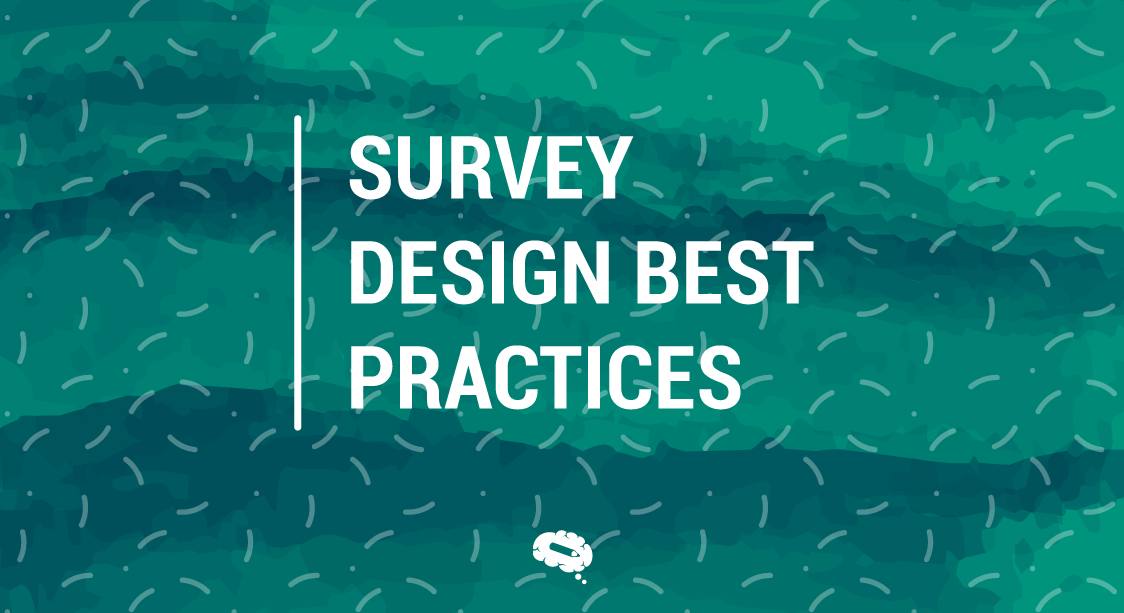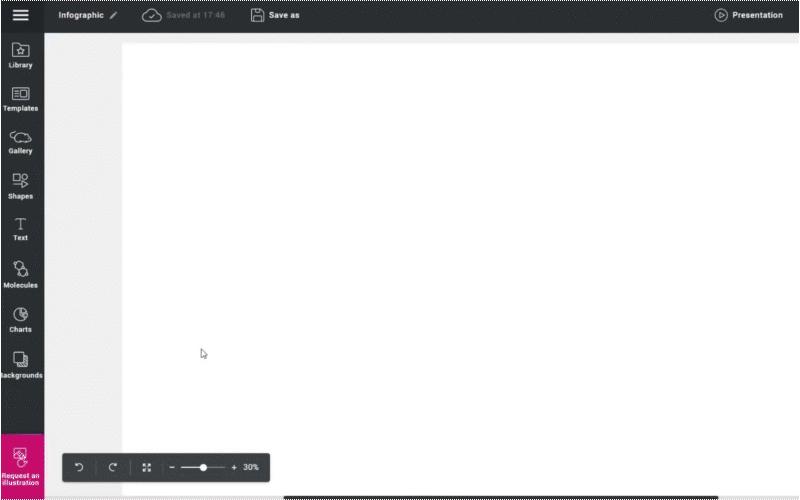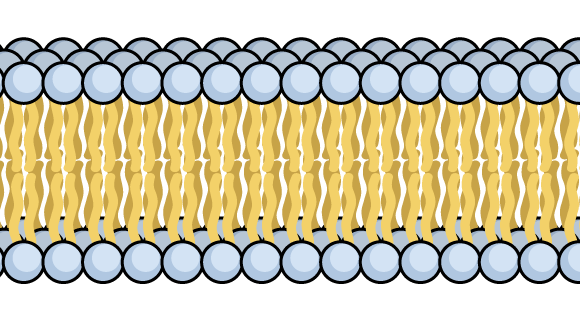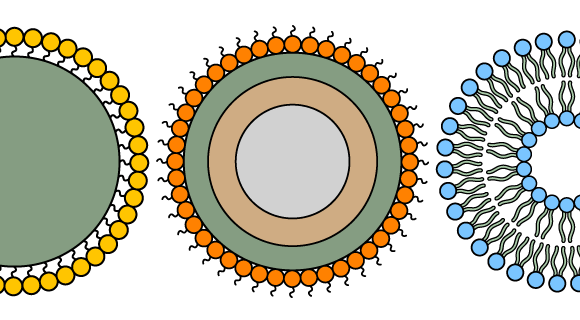Effektivt undersøkelsesdesign er avgjørende for å få nøyaktige og meningsfulle data. Det danner grunnlaget for å samle inn pålitelig innsikt og ta informerte beslutninger basert på den innsamlede informasjonen. Beste praksis for utforming av spørreundersøkelser er avgjørende for å sikre at undersøkelsene utformes på en måte som maksimerer svarprosenten, minimerer skjevheter og forbedrer den generelle kvaliteten på dataene som samles inn. Ved å følge denne beste praksisen kan forskere lage undersøkelser som er klare, konsise og engasjerende, noe som gjør det lettere for respondentene å forstå og gi nøyaktige svar.
Well-designed surveys lead to more reliable and valid data, enabling researchers to draw accurate conclusions and make evidence-based decisions. Adhering to survey design best practices helps to optimize the survey experience for respondents, increasing their willingness to participate and ensuring their feedback is valuable and actionable. In this article, we will explore the importance of survey design best practices, providing valuable insights and practical tips to help researchers design surveys that yield meaningful and reliable results.
Beste praksis for utforming av spørreundersøkelser
Survey design best practices are the recommended techniques and strategies for creating effective and reliable surveys. Surveys are widely used to collect data and gather insights from participants, making it crucial to design them in a way that ensures accurate and meaningful results. These best practices encompass various aspects of survey creation, including questionnaire design, survey length, question types, response options, survey flow, and participant recruitment. Well-designed surveys can enhance the overall participant experience, leading to increased engagement and more reliable findings.
Definere et tydelig mål
Defining a clear goal articulates the purpose and objectives of the survey, including the specific information or insights to be gathered from respondents. A clear goal guides the design of survey questions, response options, and overall structure, ensuring focus and relevance. Consider the specific research questions to be answered, the decisions or actions informed by survey results, and the desired outcomes.
Utarbeide effektive spørreundersøkelser
Å lage effektive undersøkelser innebærer å bruke ulike strategier og teknikker for å sikre kvaliteten, påliteligheten og validiteten til de innsamlede dataene. Det omfatter faktorer som spørsmålsutforming, undersøkelsens lengde, deltakerengasjement og hvordan man unngår vanlige fallgruver.
Behold personlige spørsmål til slutt
Denne praksisen foreslår at personlige eller sensitive spørsmål plasseres mot slutten av undersøkelsen. På denne måten får respondentene mulighet til å bygge opp tillit og en god relasjon før de tar opp mer personlig informasjon, noe som øker sannsynligheten for å få ærlige og nøyaktige svar.
Begrensning av undersøkelsens lengde
Det er viktig å gjøre undersøkelsene kortfattede og unngå at de blir for lange. Lange undersøkelser kan føre til at respondentene blir slitne, mindre engasjerte og lavere deltakelse. Hvis du begrenser antall spørsmål og prioriterer de viktigste, bidrar du til å opprettholde respondentenes interesse og datakvaliteten.
Bruk av lukkede spørsmål
I denne praksisen brukes lukkede spørsmål med forhåndsdefinerte svaralternativer. Lukkede spørsmål gjør det enklere å analysere og sammenligne svarene, ettersom de genererer kvantifiserbare data. De er spesielt nyttige for å samle inn spesifikk informasjon eller meninger om et bestemt tema.
Unngå ledende spørsmål
Å unngå ledende spørsmål er avgjørende for å opprettholde objektivitet og nøytralitet. For å oppnå dette bør de som utformer undersøkelsen, bruke et klart og objektivt språk, unngå ladede begreper og avstå fra å gjøre antagelser. Pilottesting og innhenting av tilbakemeldinger kan bidra til å identifisere og eliminere ledende spørsmål.
Balansere svaralternativene
Denne praksisen fokuserer på å tilby et balansert utvalg av svaralternativer som dekker alle muligheter og variasjoner. Ved å tilby et omfattende sett med alternativer kan respondentene velge det svaret som best gjenspeiler deres synspunkter eller erfaringer, noe som minimerer skjevheter i svarene og sikrer nøyaktige data.
Å holde seg unna absolutter
This guideline advises against using absolute terms like “always,” “never,” or “all” in survey questions. Absolutes can restrict respondents’ choices and potentially bias their answers. Allowing for nuance and variations in response options allows for a more accurate reflection of respondents’ opinions or behaviors.
Unngå dobbeltsidige spørsmål
Det er viktig å unngå dobbeltspørsmål for å sikre at hvert spørsmål fokuserer på én idé eller ett tema. Dobbeltspørsmål kombinerer flere begreper eller problemstillinger i ett enkelt spørsmål, noe som kan forvirre respondentene og føre til unøyaktige eller ufullstendige svar. De som utformer undersøkelsen, bør gå nøye gjennom hvert enkelt spørsmål og sørge for at det tar for seg ett aspekt eller tema om gangen. Hvis et spørsmål inneholder flere komponenter, bør det deles opp i separate, klare og konsise spørsmål.
Forhåndsvisning av undersøkelsen før den sendes ut
I dette trinnet gjennomgås og testes undersøkelsesinstrumentet før det distribueres til respondentene. Ved å forhåndsvise undersøkelsen kan forskerne identifisere og korrigere eventuelle feil, inkonsekvenser eller uklare instruksjoner. Dette sikrer at respondentene får en sømløs opplevelse og gir nøyaktige svar, noe som til syvende og sist øker påliteligheten og validiteten til dataene som samles inn.
Innhenting av svar på spørreundersøkelser
Å få svar på spørreundersøkelser er et viktig aspekt ved beste praksis for utforming av spørreundersøkelser, ettersom det har direkte innvirkning på kvaliteten og påliteligheten til de innsamlede dataene. Forskere bruker ulike strategier for å maksimere svarprosenten. De sørger for at undersøkelsen er lett tilgjengelig og brukervennlig ved å optimalisere layout, design og kompatibilitet på tvers av ulike enheter. De tilpasser også invitasjoner og påminnelser for å skape en følelse av relevans og at det haster for deltakerne, og gir klare instruksjoner og setter realistiske forventninger til hvor lang tid det tar å fullføre undersøkelsen.
Offering incentives, such as rewards or entry into a prize draw, can motivate individuals to complete the survey. To reach a wider audience, researchers may employ multiple channels for survey distribution, including email, social media, and online platforms. Follow-up communication and reminders help maintain engagement and increase response rates. Researchers who carefully consider these approaches ensure that the collected data accurately represents the target population, leading to more reliable and meaningful results.
Analyse av resultatene fra undersøkelsen
Analyzing survey results enables researchers to derive meaningful insights and draw valid conclusions from the collected data. The process begins with data cleaning, where researchers review and remove incomplete, duplicate, or inconsistent responses. Next, they organize and tabulate the data, grouping responses according to relevant variables or categories. Statistical analysis techniques, such as descriptive statistics, correlation analysis, or regression analysis, are then applied to identify patterns, relationships, and trends within the data.
Researchers interpret the findings, looking for significant findings and meaningful patterns that align with the research objectives. Visual representations, such as charts, graphs, or tables, are often used to present the results effectively. The limitations and potential biases of the data should be considered to provide a comprehensive and accurate interpretation. Through careful and systematic analysis of survey results, researchers can gain valuable insights that inform decision-making, support research objectives, and contribute to the advancement of knowledge in their respective fields.
Bruk av hensiktsmessige responsskalaer
Using appropriate response scales is a crucial aspect of survey design best practices as it ensures that respondents can effectively and accurately convey their opinions or experiences. The choice of response scale should align with the nature of the survey questions and the level of granularity required. Common response scales include Likert scales, semantic differential scales, and numerical rating scales. Likert scales offer a range of response options, typically ranging from strongly agree to strongly disagree, allowing respondents to express their degree of agreement or disagreement. Semantic differential scales use bipolar adjectives to measure attitudes or perceptions, with respondents indicating their position along a continuum between opposing attributes. Numerical rating scales assign numerical values to rate an aspect or indicate satisfaction, such as rating from 1 to 10.
It is important to consider the cognitive effort required by respondents when choosing the response scale. A balanced scale with an equal number of positive and negative options can mitigate response bias. Additionally, providing a neutral or “not applicable” option can account for cases where respondents do not have an opinion or the question is not relevant to them. By using appropriate response scales, survey designers can gather reliable and meaningful data that accurately capture the attitudes, opinions, and experiences of respondents. Lær mer om vekter.
Omformulering av ja/nei-spørsmål i nettbaserte spørreundersøkelser
Rephrasing Yes/No questions in online surveys is a best practice in survey design that aims to enhance response quality and capture more nuanced information from participants. Yes/No questions often provide limited insights and do not allow for detailed explanations or variations in respondents’ opinions. By rephrasing these questions into open-ended or multiple-choice formats, researchers can encourage participants to provide more detailed and informative responses.
Open-ended questions allow respondents to express their thoughts in their own words, providing richer qualitative data. Multiple-choice questions can offer a range of options that better capture the spectrum of opinions, allowing for more accurate analysis and interpretation. Rephrasing Yes/No questions in online surveys not only encourages participant engagement but also provides researchers with a more comprehensive understanding of participants’ perspectives, leading to more robust and insightful findings.
Begynn med enkle spørsmål
Respondents feel more comfortable and confident in providing accurate responses when the survey begins with easy-to-answer and non-threatening questions. Simple questions that are clear and concise help establish a positive tone and build respondents’ engagement from the start. Starting with straightforward questions also helps to establish a rhythm and flow in the survey, allowing participants to ease into the process without feeling overwhelmed.
Etter hvert som undersøkelsen skrider frem, øker spørsmålenes kompleksitet gradvis, slik at respondentene kan venne seg til mer dyptgående eller utfordrende temaer. Dette sikrer at respondentene ikke umiddelbart blir motløse eller trøtte av vanskelige spørsmål, og øker dermed sannsynligheten for at de fullfører undersøkelsen. Å prioritere klarhet og enkelhet i de første spørsmålene er avgjørende for å skape en positiv opplevelse av undersøkelsen og maksimere kvaliteten på svarene.
Bruk ubalanserte skalaer med forsiktighet
Using unbalanced scales in survey design requires careful consideration to ensure accurate and meaningful data collection. It is important to clearly define the scale’s endpoints and ensure that they align with the intended meaning and context of the survey question. Researchers should be cautious about potential response biases that may arise from unbalanced scales, such as extreme response tendencies or limited variability in responses. To mitigate these risks, it is advisable to provide clear instructions and examples to respondents, as well as consider alternative response options or scales when appropriate.
Legge til insentiver
Å legge til insentiver er en effektiv strategi for å oppmuntre til deltakelse og øke svarprosenten. Insentiver kan ta ulike former, for eksempel pengebelønninger, gavekort, rabatter eller loddtrekning. Når du implementerer insentiver, er det viktig å ta hensyn til målgruppen og velge belønninger som er attraktive og relevante for dem. Verdien av insentivet bør stå i forhold til den tiden og innsatsen som kreves for å fullføre undersøkelsen.
Clear communication about the incentive should be provided at the beginning of the survey to set expectations and motivate participants from the outset. It is essential to ensure that the incentive does not bias responses or influence participants’ answers. Incentives should be positioned as a token of appreciation rather than as a means to influence the outcome. When the incentives are incorporated effectively, survey designers can enhance participation rates and gather valuable insights from a larger and more diverse pool of respondents.
Testing av undersøkelsen
Før undersøkelsen lanseres for målgruppen, er det viktig å teste den grundig for å identifisere og løse eventuelle problemer eller feil. Testing bidrar til å sikre at undersøkelsen fungerer som den skal, at alle spørsmålene er tydelige og forståelige, og at undersøkelsesflyten er logisk og intuitiv.
During testing, survey designers should carefully review each question, response option, and skip logic to ensure accuracy and coherence. It is also important to test the survey on different devices and browsers to ensure compatibility and responsiveness. Conducting a pilot test with a small sample of respondents can provide valuable insights into the survey’s effectiveness and identify any necessary adjustments.
Bruke et klart og konsist språk
Using clear and concise language is an essential aspect of survey design best practices. It is important to communicate survey questions and instructions straightforwardly to ensure that respondents understand the content accurately. To achieve this, survey designers should use simple and easily understandable language, avoiding technical jargon or complex terminology.
Det anbefales å dele opp komplekse spørsmål i mindre, mer håndterbare deler for å unngå forvirring. Presise og spesifikke formuleringer bidrar til å eliminere tvetydighet og sikrer at respondentene kan gi nøyaktige og meningsfulle svar. I begynnelsen av undersøkelsen bør det gis klare instruksjoner som forklarer formålet og forventningene til respondentene.
Gjør undersøkelsen engasjerende
To make the survey engaged, survey designers can incorporate various strategies. Firstly, they can use a visually appealing and user-friendly survey interface with an attractive design and intuitive navigation. Including interactive elements such as sliders, checkboxes, or drag-and-drop options can also make the survey more interactive and enjoyable for respondents. Incorporating multimedia elements like images or videos can enhance engagement and help clarify questions or concepts.
For å øke deltakelsen og engasjementet i undersøkelsen kan forskerne inkludere fremdriftsindikatorer eller fullføringslinjer for å gi en visuell følelse av fremgang og motivere respondentene til å fortsette. I tillegg kan bruk av et dialogisk og engasjerende språk i undersøkelsesinstruksjoner og spørsmål skape en mer personlig og gjenkjennelig opplevelse, noe som øker respondentenes engasjement og kvaliteten på svarene.
Frigjør kraften i infografikk med Mind the Graph
Med Mind the Graph, scientists can unleash their creativity and effectively convey complex scientific concepts through visually appealing and engaging infographics. The platform offers a wide range of scientific illustrations, graphics, and templates that can be customized to suit specific research needs. Whether it’s creating eye-catching posters, informative presentations, or engaging social media content, Mind the Graph provides scientists with the tools and resources to visually communicate their findings compellingly.

Abonner på nyhetsbrevet vårt
Eksklusivt innhold av høy kvalitet om effektiv visuell
kommunikasjon innen vitenskap.





